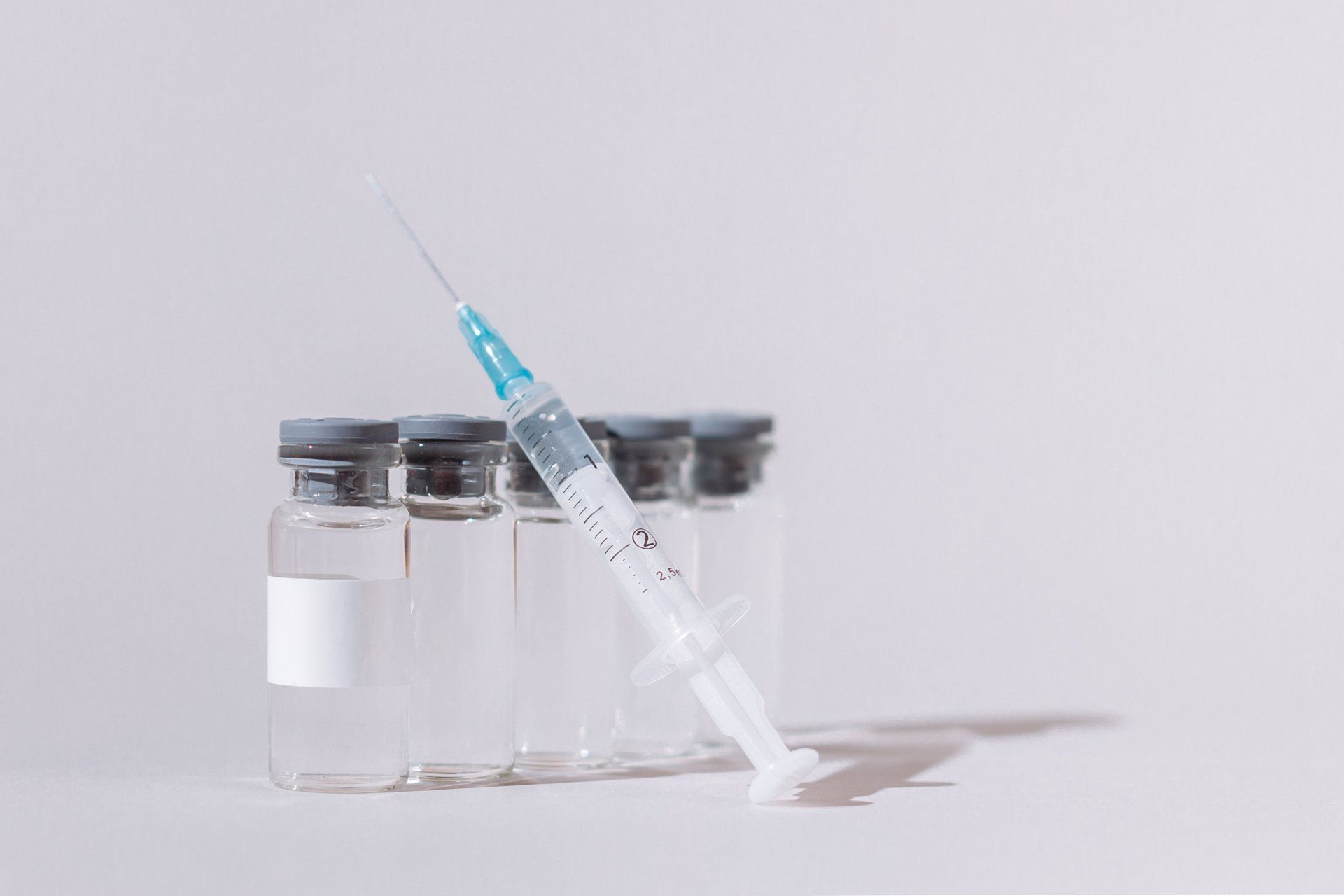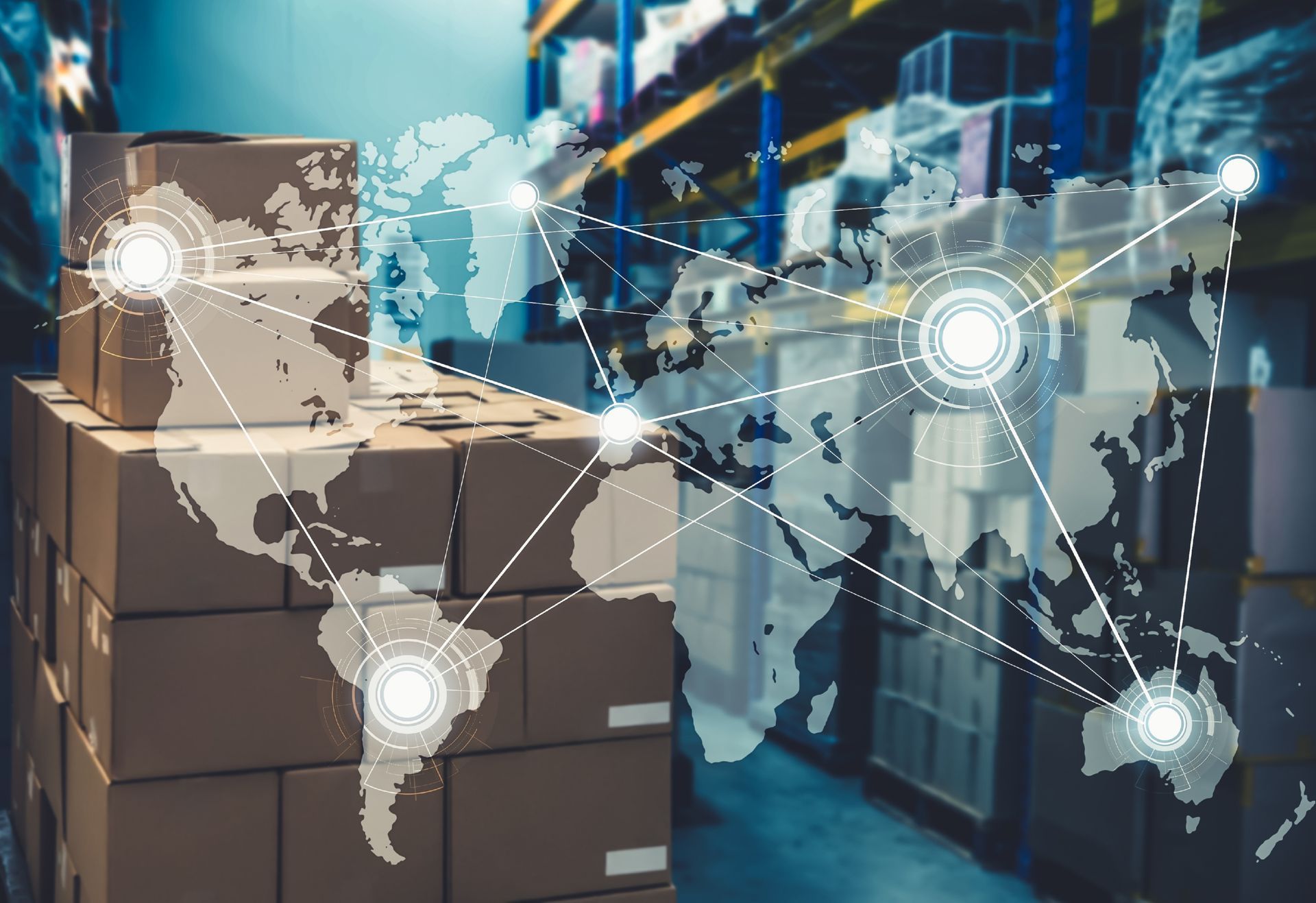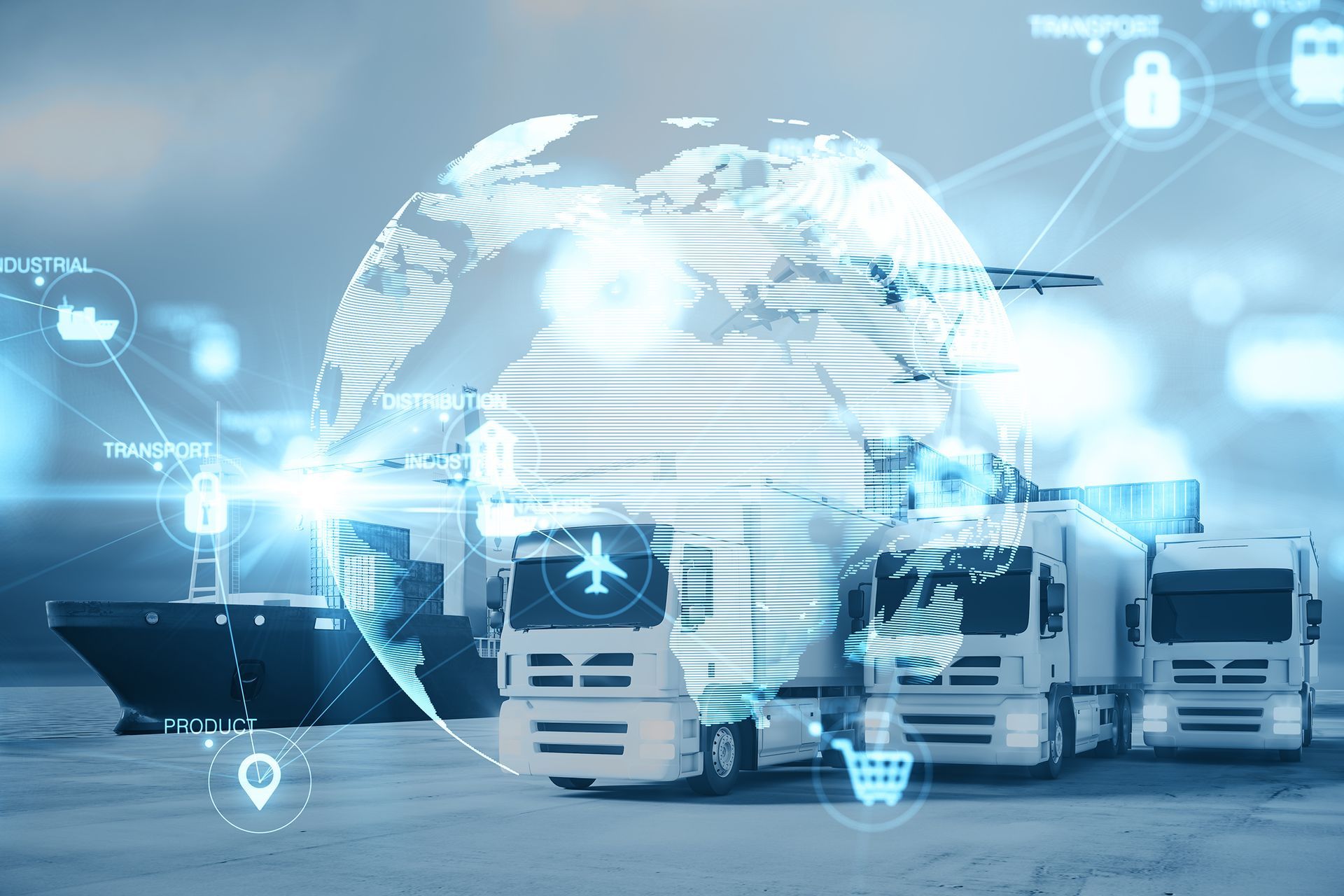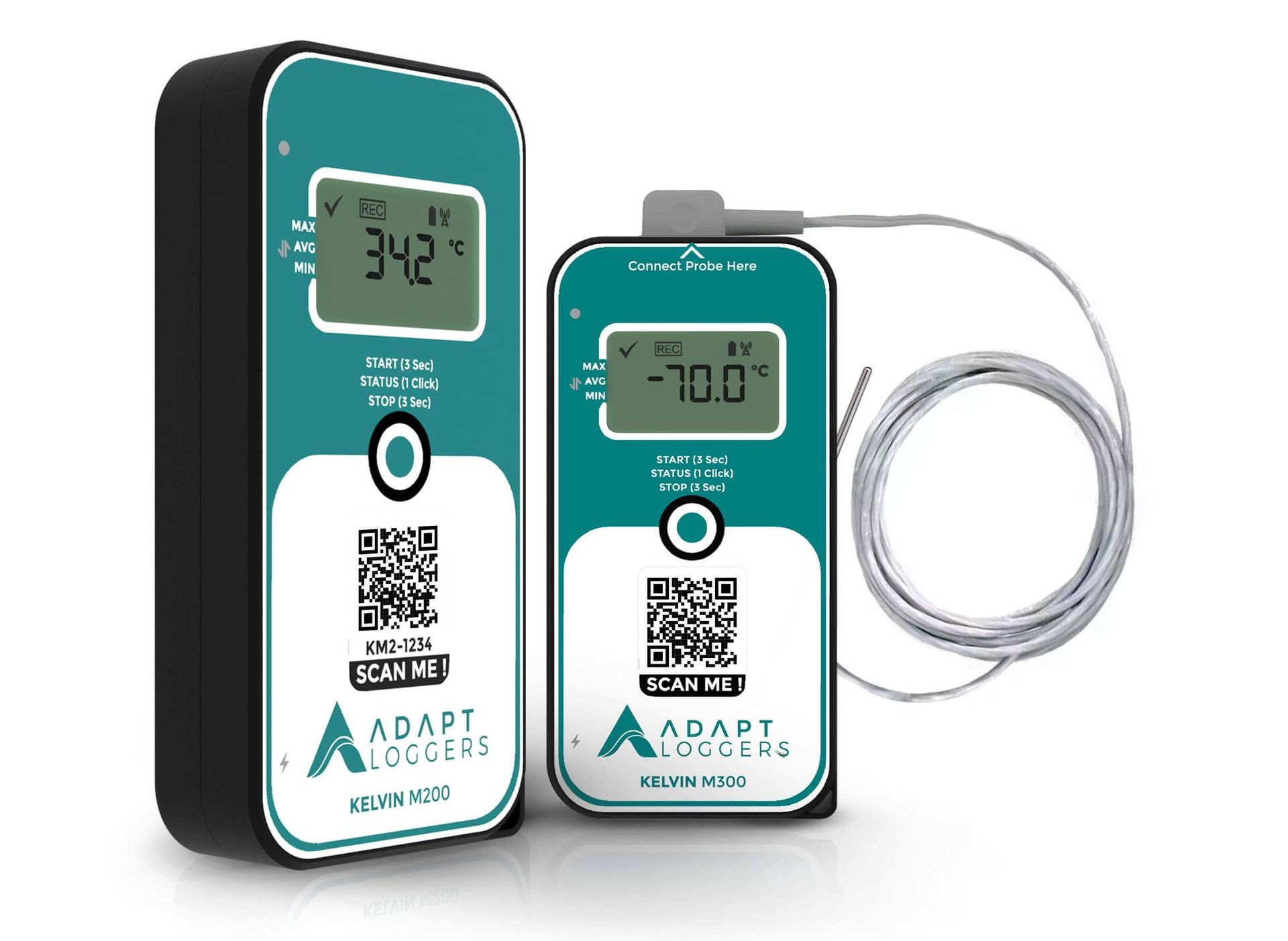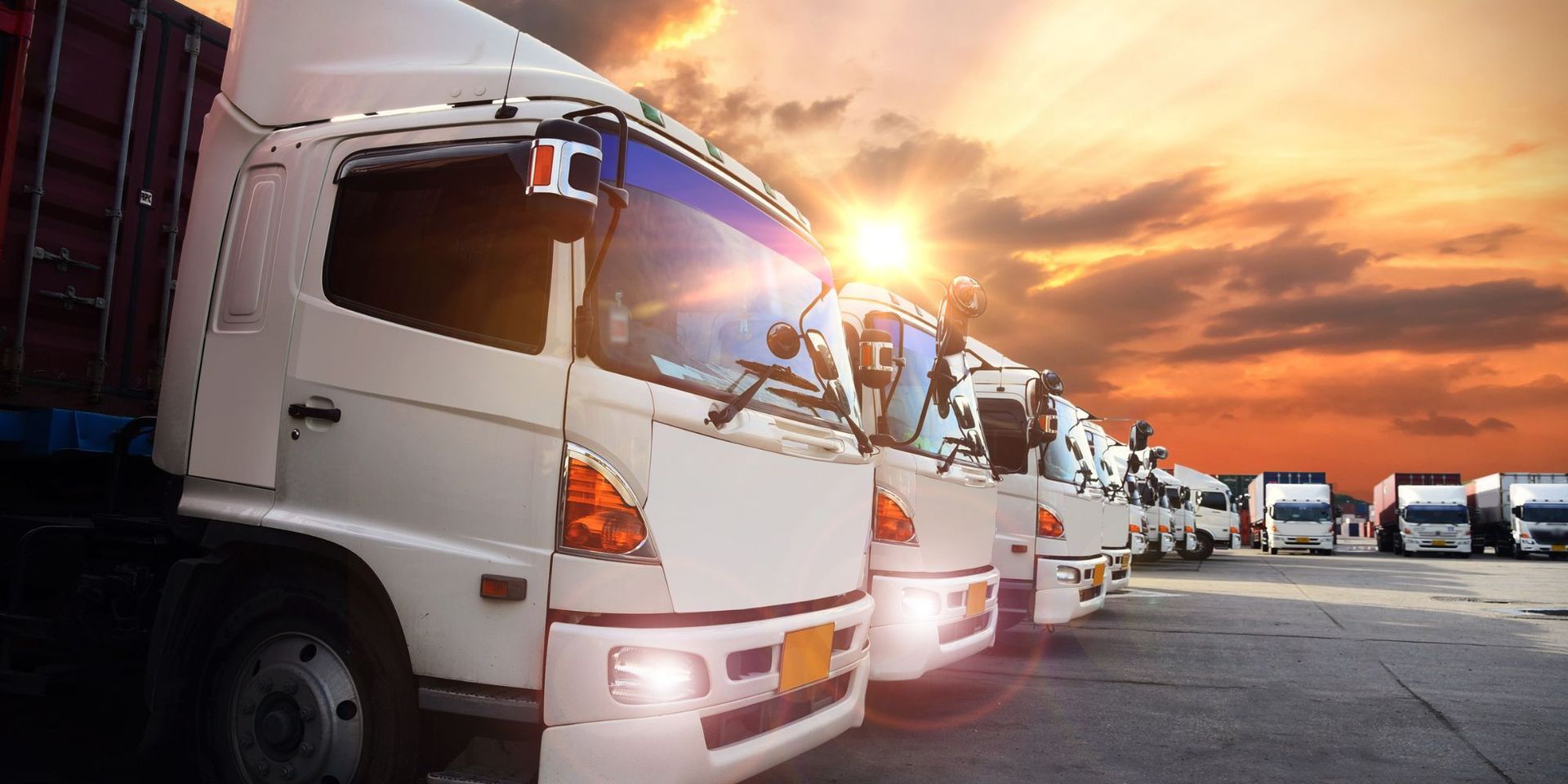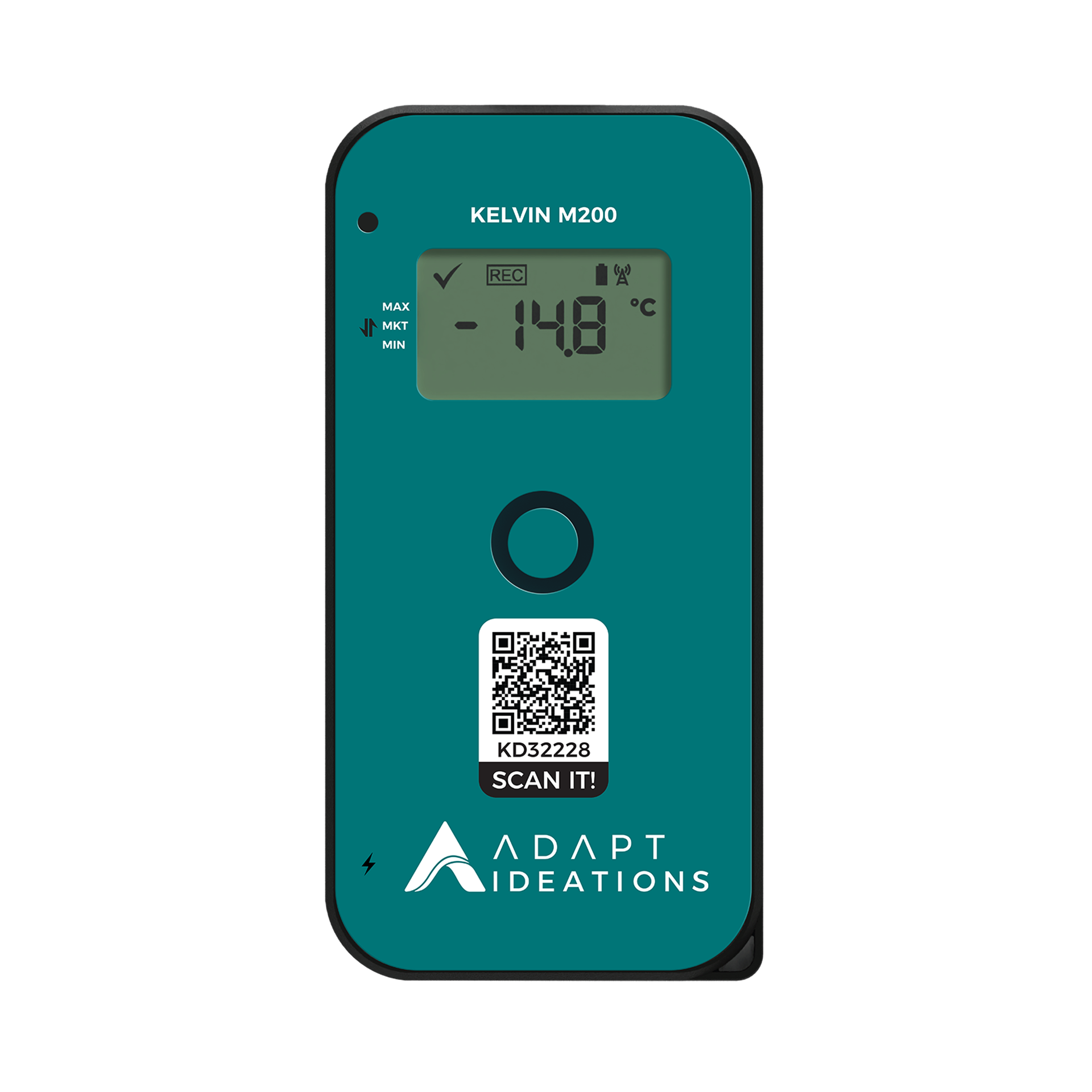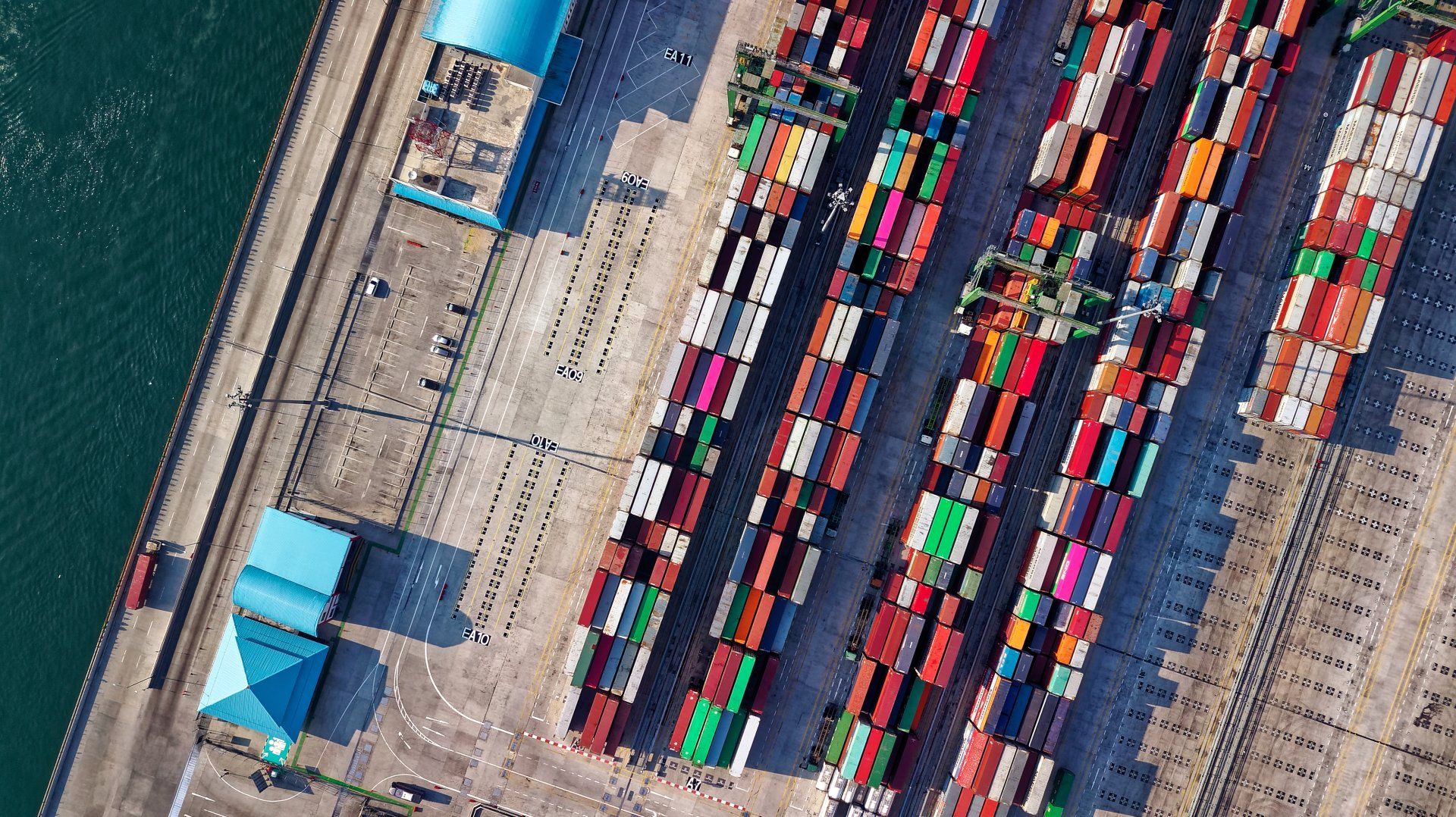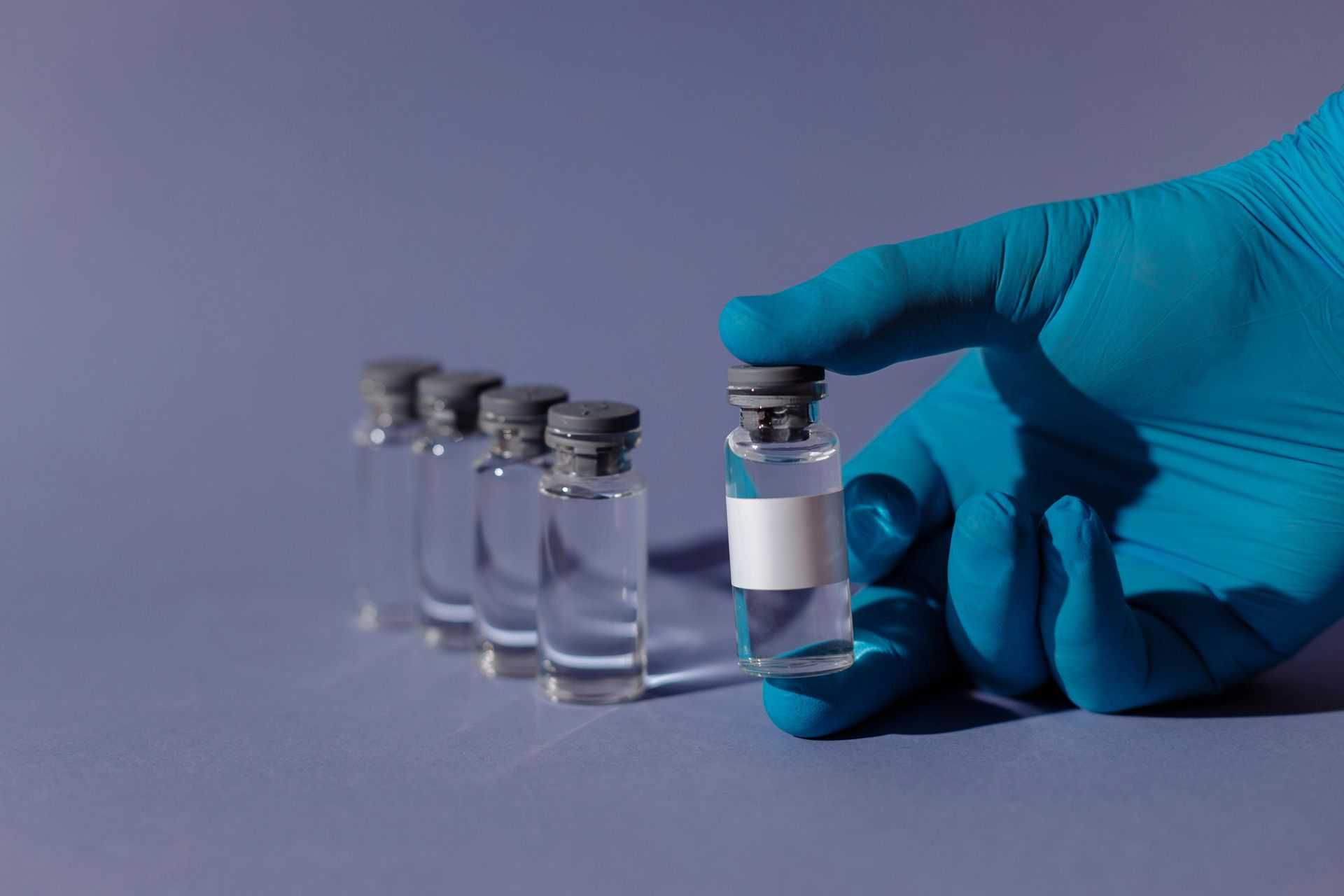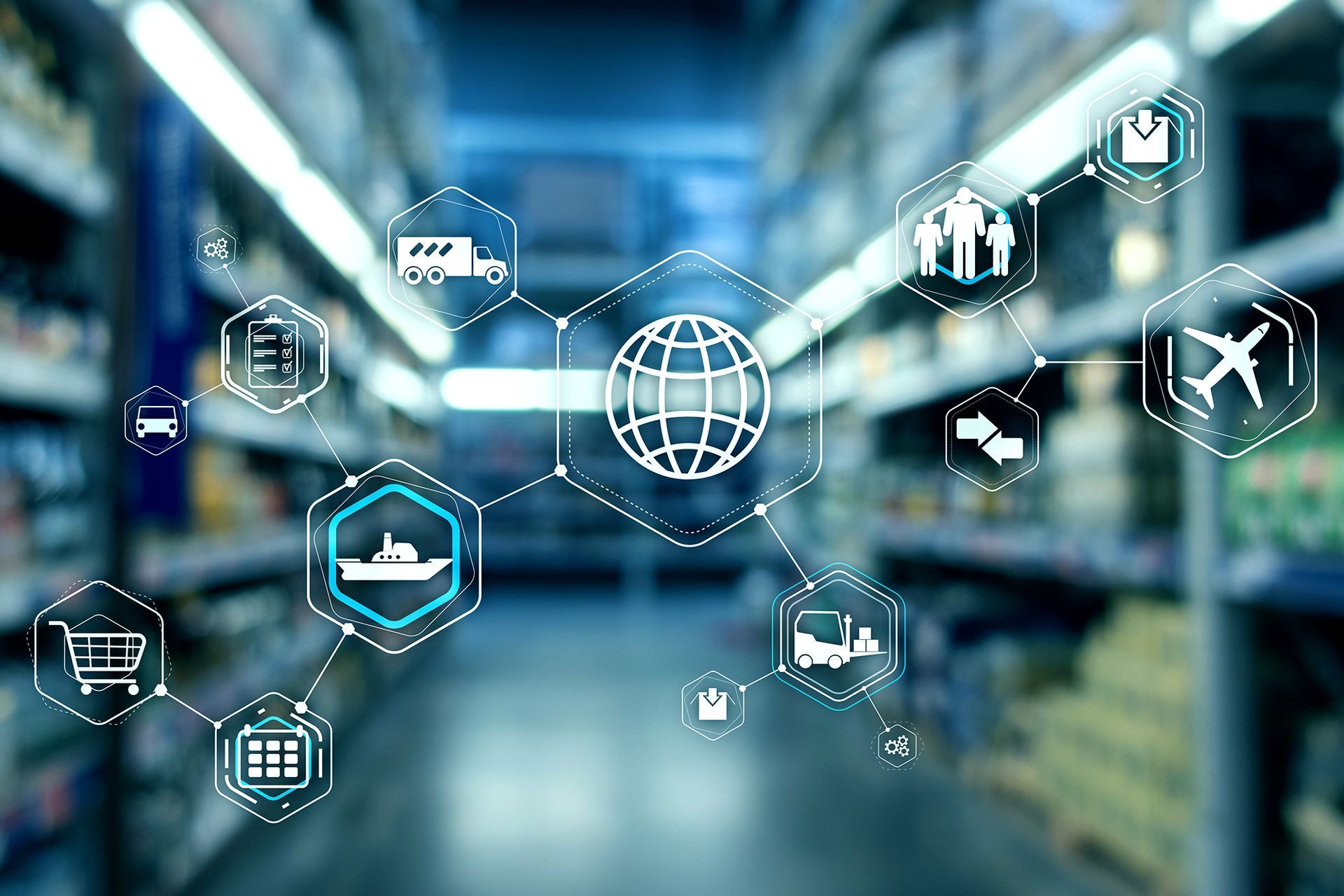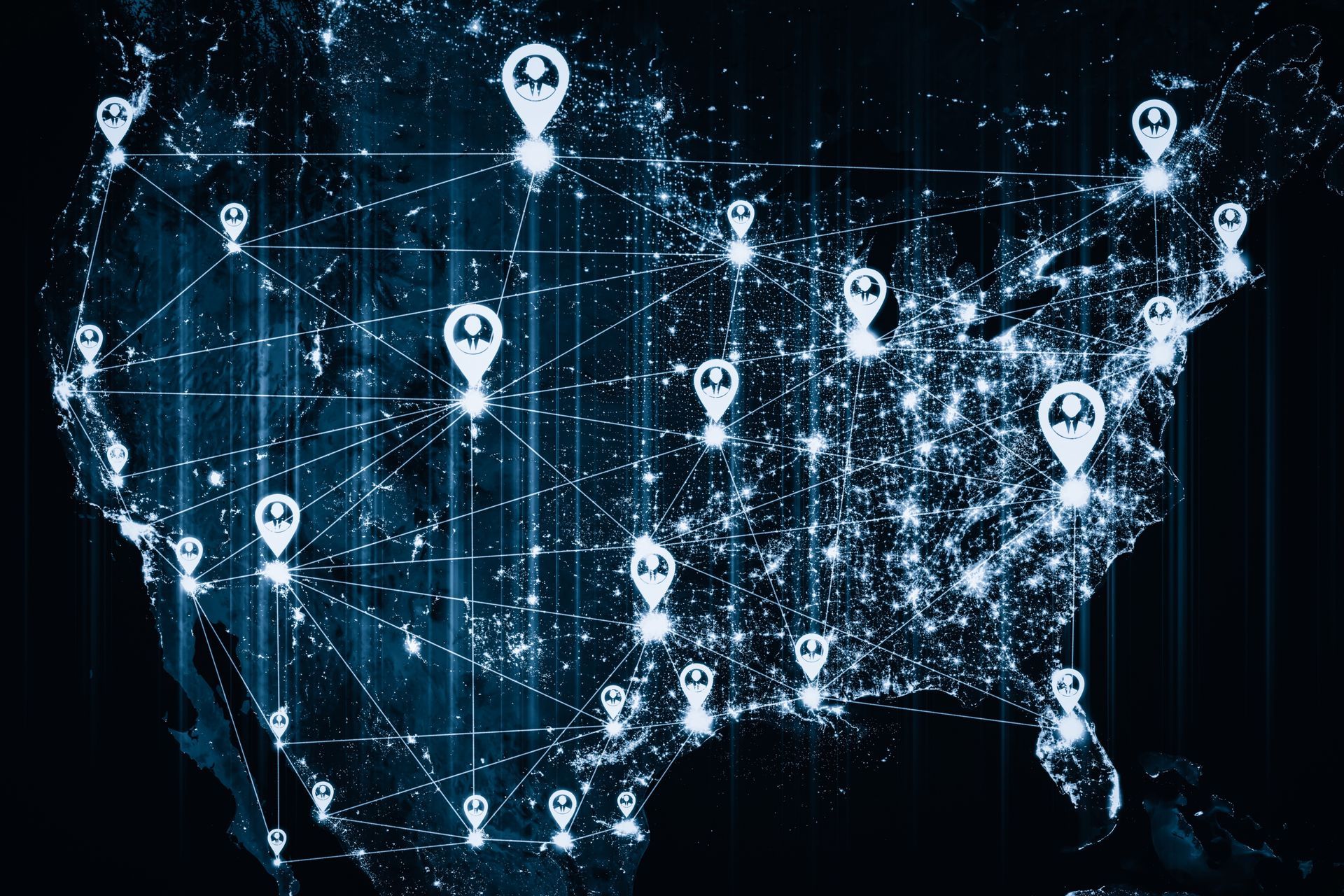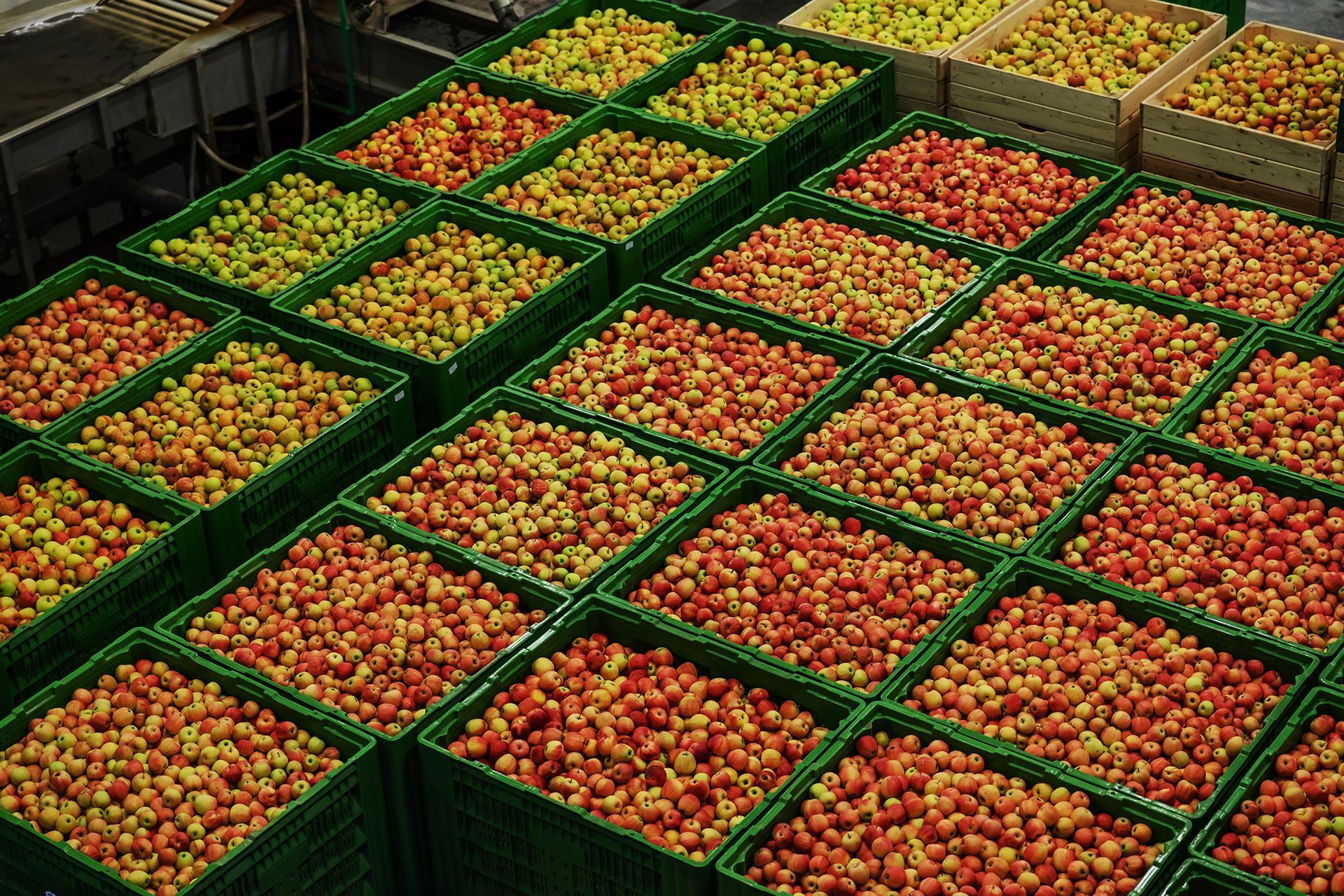Ensuring Food Safety With Modern Track & Trace Solutions
Did you know that the global food traceability market is set to reach a staggering $22.3 billion by 2025, with a CAGR of 9.3% from 2018 to 2025 in the wake of the growing concern for food safety? Food safety is no longer just a buzzword. It's also a critical aspect of our daily lives. Now, the question is, how can we secure it in an era of complex supply chains and ever-evolving regulations?
We can only achieve it with the deployment of modern track and trace solutions. They come with a guarantee of ensuring transparency, accountability, and safety throughout the entire food supply chain. Let's discuss in detail the concept of food safety, why it is so significant and how the solutions are evolving with the ever-changing compliance regulations below.
Understanding Food Safety & Compliance
Defining Food Safety
Food safety isn't just about avoiding food poisoning. It's about safeguarding public health and well-being. The journey from farm to fork involves numerous steps and ensuring that each one of them meets stringent safety standards is paramount. The consequences of failing to do so can be severe, both for consumers and businesses alike.
The Evolution Of Food Safety Regulations
Over the years, food safety regulations have evolved to keep up with changing consumer demands and global supply chains. From the United States's Pure Food and Drug Act of 1906 to the Food Safety Modernisation Act (FSMA) of 2011, the food and beverage industry has seen a significant shift towards stricter compliance requirements.
Modern Challenges In The Food Supply Chain
If we talk about the current scenario, the modern food supply chain has become a complex web that spreads across the globe. It faces challenges like contamination risks, fraud, and the need for real-time transparency. These challenges demand a more advanced approach to food safety and one that integrates technology seamlessly.
Embracing Modernisation
To provide a solution to these challenges, the food industry must embrace modernisation. It includes incorporating advanced track and trace technologies that provide end-to-end visibility, traceability, and compliance.
The New Era Of Smarter Food Safety Blueprint
The FDA's New Era of Smarter Food Safety blueprint marks a pivotal moment in the industry's history. It outlines a vision for a more tech-savvy, data-driven approach to food safety.
A Glimpse Into The Blueprint
The FDA's New Era of Smarter Food Safety blueprint isn't just a bureaucratic plan—it's a comprehensive strategy that promises to revolutionise the way we ensure food safety. This forward-looking initiative recognises the need to adapt to the evolving landscape of the food industry. It aims to create a smarter, safer food supply chain by leveraging technology and data.
This blueprint focuses on three core elements: tech-enabled traceability, digital tools, and a proactive approach to preventing foodborne illnesses. These elements are interconnected, creating a robust ecosystem that significantly reduces the risk of contamination, outbreaks, and food fraud.
In this way, it aims to make food supply chains safer and more resilient.
Blueprint Objectives & Goals
The objectives of this blueprint are ambitious and necessary. It includes strengthening prevention measures to stop problems before they occur, which are -
1. Advancing traceability for quickly identifying and mitigating any issues,
2. And improving the response to foodborne illness outbreaks
Achieving these goals means fewer foodborne illnesses, less waste, and greater consumer confidence.
The Blueprint's Industry Impact
The blueprint's implementation will reshape how the food industry operates. It's a call to action for businesses to embrace innovative technologies and data-driven practices. The blueprint isn't just about compliance but about elevating food safety standards and ensuring that consumers can trust the products they consume. The blueprint encourages collaboration and transparency across the industry, ultimately benefiting everyone from producers to consumers.
Why There Is The Need For Traceability In The Food Supply Chain?
Traceability is the backbone of food safety. It enables us to track the journey of food products from their source to the consumer's table. This visibility is essential for identifying and containing potential safety issues promptly.
While traceability offers numerous benefits, including faster recalls and improved supply chain management, it also presents challenges. Implementing effective traceability systems is not always straightforward. Yet, it is an indispensable tool in the fight for safer food. Additionally, it impacts sustainability, consumer preferences, and regulatory compliance.
Modern Track & Trace Technologies
Modern times call for modern solutions. We enter the realm of track and trace technologies. From using barcodes to advanced temperature data loggers, RFID tags and IoT sensors, these innovations offer unprecedented control and visibility into the food supply chain.
Imagine a world where you can trace a contaminated ingredient back to its source within seconds. That's the power of technology. Companies worldwide are leveraging these advancements to enhance food safety.
Benefits Of Using Track & Trace Solutions
The advantages of implementing track and trace solutions in the food supply chain are manifold. Apart from meeting regulatory requirements, these technologies offer cost savings, reduce risks, and improve customer trust. Let's delve deeper into why adopting these solutions is not just a regulatory necessity but a strategic move:
1. Enhanced Food Safety
The concept of track and trace solutions is based on its ability to monitor food products in real-time. This real-time monitoring ensures that temperature, humidity, and other critical factors remain within safe limits. As a result, the risk of contamination, spoilage, and the proliferation of harmful microorganisms is significantly reduced.
Imagine a scenario where a refrigerated truck transporting fresh produce experiences a sudden temperature spike. With track and trace technology, this deviation is detected immediately, and an alert is sent to the responsible parties. Rapid intervention can save the entire shipment from spoilage, preventing foodborne illnesses and economic losses.
2. Cost Savings
While initially seen as an investment, track and trace solutions often translate into substantial cost savings in the long run. How is it doing so, you must be thinking? It's all done by preventing spoilage, reducing food waste, and minimising the need for recalls. Now, businesses can optimise their operations and bottom line.
Statistics show that the food traceability market is expected to reach $22,274.1 million by 2025, with a CAGR of 9.3% from 2018 to 2025. These figures indicate the growing importance of traceability and potential for substantial cost reductions through its implementation.
3. Risk Reduction
Food recalls can have severe consequences for businesses. They tarnish reputations, result in financial losses, and, most importantly, jeopardise consumer safety. Track and trace solutions act as a proactive shield against such risks.
By providing real-time alerts and accurate data, these solutions enable companies to identify potential issues early and take immediate corrective actions. This proactive approach minimises the chances of widespread recalls and associated reputational damage.
4. Improved Customer Trust
In an era when consumers demand transparency and authenticity, track and trace solutions are playing a pivotal role in building and maintaining trust. When customers can trace the origin and journey of their food products, they feel more secure about their choices.
Enhanced transparency fosters trust. It also allows businesses to differentiate themselves in a crowded marketplace. Consumers increasingly seek products with proven safety and traceability credentials, making it a competitive advantage.
5. Regulatory Compliance
Of course, compliance with food safety regulations is a fundamental advantage of track and trace solutions. Meeting the requirements of the FDA's New Era of Smarter Food Safety blueprint and other regional & global regulations is essential for avoiding fines, legal issues, and reputational damage.
By embracing these technologies, businesses can meet these obligations while also demonstrating their commitment to food safety and public health.
In conclusion, the benefits of using track and trace solutions in the food supply chain extend far beyond compliance. They encompass enhanced food safety, cost savings, risk reduction, improved consumer trust, and alignment with regulatory requirements. As the food industry continues to evolve, embracing these technologies is not just an option; it's a necessity to ensure a safer, more transparent, and more resilient food supply chain.
Ensuring Compliance With Adapt Ideations
At Adapt Ideations, we understand the critical importance of food safety and compliance. Our track and trace solutions, powered by new-age temperature data loggers, provide real-time monitoring to ensure your shipments meet all FDA and FSMA rules.
In an era where food safety is non-negotiable,
Adapt Ideations stands as your trusted partner. We offer not just solutions but peace of mind.
Conclusion: Your Food Safety Partner
In conclusion, food safety is not just a responsibility; it's a commitment. The statistics don't lie, and the FDA's New Era of Smarter Food Safety blueprint is the roadmap to a safer food supply chain. With modern track and trace technologies and Adapt Ideations' solutions, you're not just ensuring compliance; you're ensuring trust.
So, are you ready to take the leap towards a safer, smarter food supply chain?
Explore how Adapt Ideations can be your food safety partner in this exciting new era.
Enquire to find out more about our innovative solutions and how they can be utilised at enquiries@adaptideations.com
Share Our Post.
Awards & Recognition
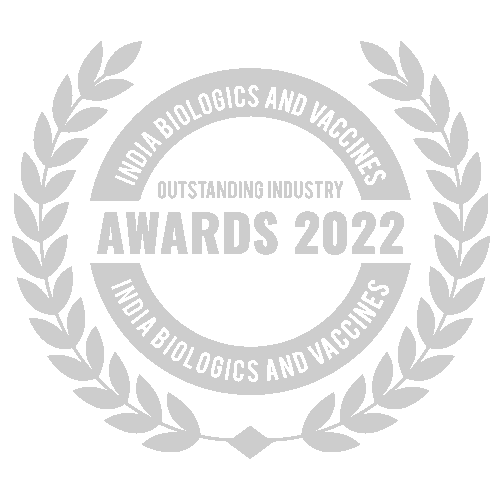
Best Temperature Monitoring Solution Provider
Awarded by India Biologics & Vaccines Outstanding Industry Awards 2022
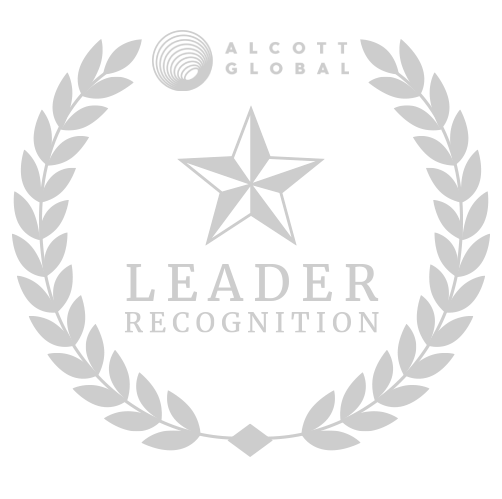
Adapt Ideations Recognised As A Supply Chain Leader
by Alcott Global on Supplify's Supply Chain Tech Map 2.0

Related Articles.
